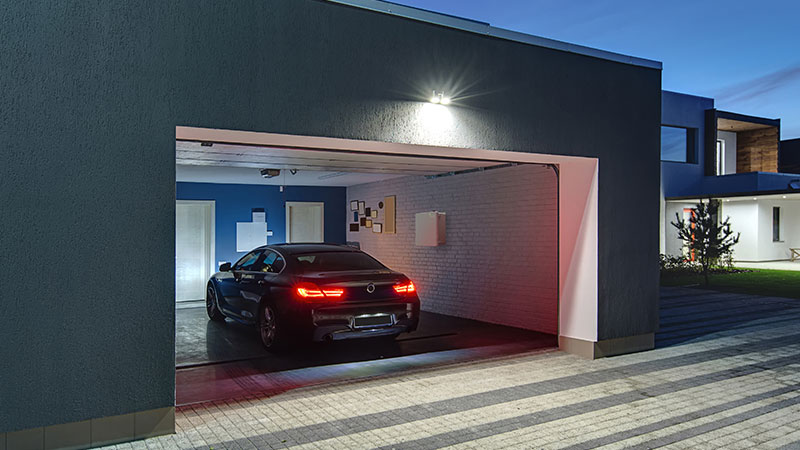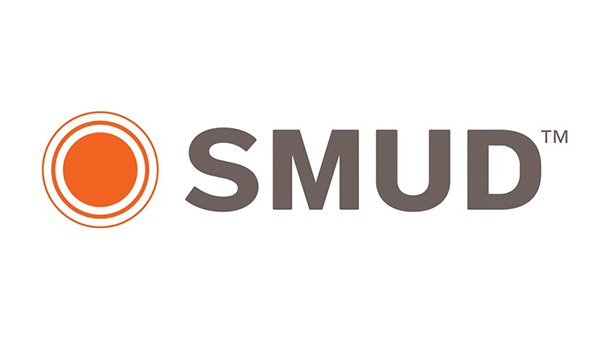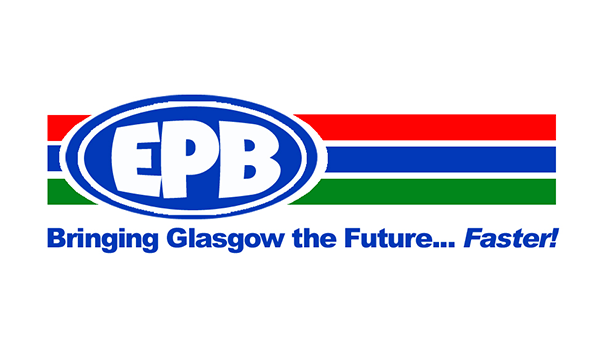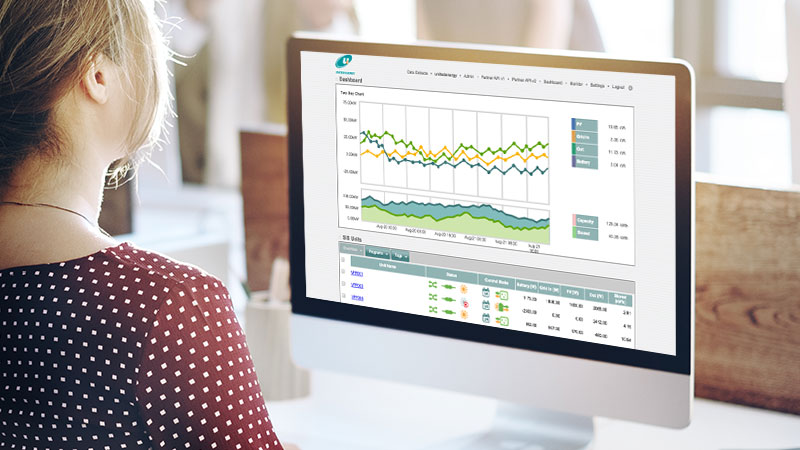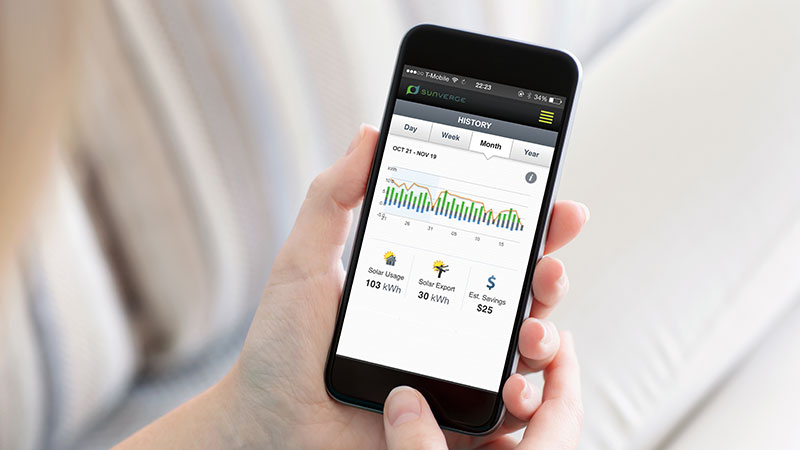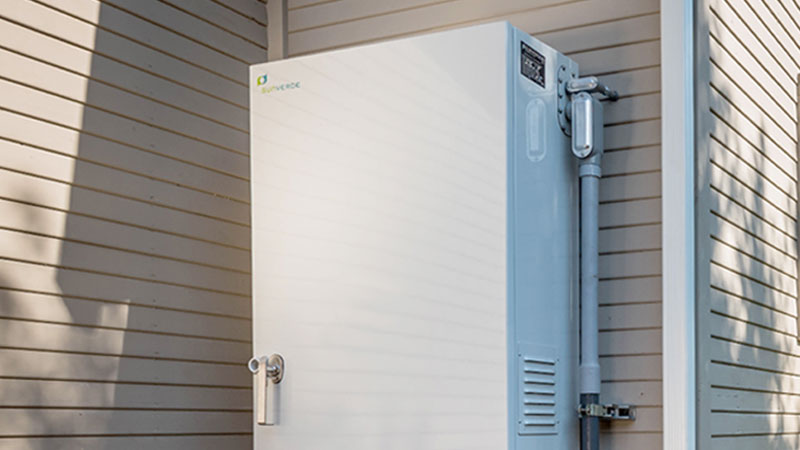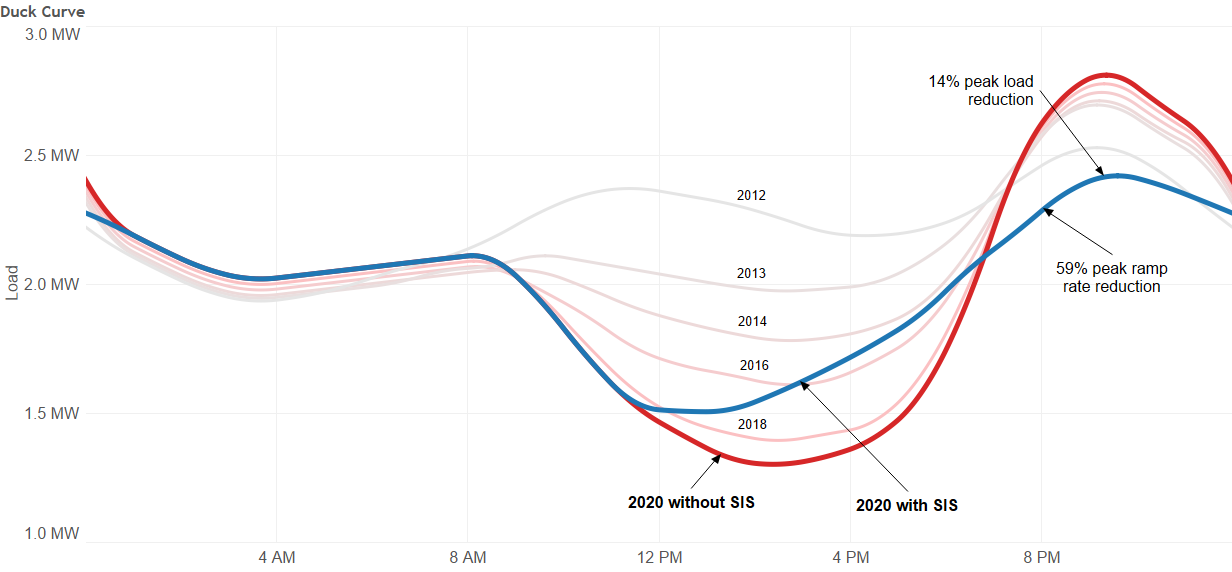 Figure 1. Impact of Integrated Energy Storage on Duck Curve; 3MW Feeder
Curves for successive years assume continued solar uptake consistent with historical growth in solar deployments. Unabated, we can see a widening of the gap due to reduced daytime demand, uptake of solar PV and evening demand peaks. These factors combine and result in a worsening of asset utilization and load factor; from the years 2012 to 2020 load factors decline by 19% on a relative basis. However, if only one-fifth of the customers on this indicative feeder deployed solar integrated storage (SIS), optimized for the timing and consumption of their stored capacity, the peaks and troughs are softened as shown. The results are significant, load factor increases by 17% and the ramp rate for evening peak is reduced by 59%, demonstrating how deployment if integrated storage can enable far superior utilization of the assets and more efficient outcomes for the supply chain.
Hidden in the above numbers, though, is another potentially important consideration for utilities – deferral of transmission and distribution infrastructure costs.
The outlook for utilities faced with the duck chart phenomenon – increasing network costs and declining demand – is troubling and an unenviable strategic position for any business. But what if customer-sited energy storage could be aggregated and orchestrated in concert through an integrated utility-based platform that maximizes efficiencies and minimizes, or avoids, unnecessary grid expenditures?
Moving excess solar generation to peak times through an orchestrated energy storage platform provides a host of benefits through the entire supply chain including avoided network and generation augmentation, reduced losses and improvements in voltage and power quality.
Demand peak reduction is not the only issue of concern, though. Excess residential solar generation causes voltage instability and power quality problems which utilities also have to invest resources in order to deal with. These investments include additional control and measurement equipment, transformers, static compensators and transmission line upgrades. As illustrated above, applying intelligent integrated energy storage aids in smoothing the curve and reducing demand peaks to prior year levels. This enables utilities to defer corrective costs and focus their investment where it is better utilized. Extending the benefits to the energy consumer, customers could be rewarded specifically for their reductions in energy and demand through a lower utility cost base and thus lower tariffs.
Figure 1. Impact of Integrated Energy Storage on Duck Curve; 3MW Feeder
Curves for successive years assume continued solar uptake consistent with historical growth in solar deployments. Unabated, we can see a widening of the gap due to reduced daytime demand, uptake of solar PV and evening demand peaks. These factors combine and result in a worsening of asset utilization and load factor; from the years 2012 to 2020 load factors decline by 19% on a relative basis. However, if only one-fifth of the customers on this indicative feeder deployed solar integrated storage (SIS), optimized for the timing and consumption of their stored capacity, the peaks and troughs are softened as shown. The results are significant, load factor increases by 17% and the ramp rate for evening peak is reduced by 59%, demonstrating how deployment if integrated storage can enable far superior utilization of the assets and more efficient outcomes for the supply chain.
Hidden in the above numbers, though, is another potentially important consideration for utilities – deferral of transmission and distribution infrastructure costs.
The outlook for utilities faced with the duck chart phenomenon – increasing network costs and declining demand – is troubling and an unenviable strategic position for any business. But what if customer-sited energy storage could be aggregated and orchestrated in concert through an integrated utility-based platform that maximizes efficiencies and minimizes, or avoids, unnecessary grid expenditures?
Moving excess solar generation to peak times through an orchestrated energy storage platform provides a host of benefits through the entire supply chain including avoided network and generation augmentation, reduced losses and improvements in voltage and power quality.
Demand peak reduction is not the only issue of concern, though. Excess residential solar generation causes voltage instability and power quality problems which utilities also have to invest resources in order to deal with. These investments include additional control and measurement equipment, transformers, static compensators and transmission line upgrades. As illustrated above, applying intelligent integrated energy storage aids in smoothing the curve and reducing demand peaks to prior year levels. This enables utilities to defer corrective costs and focus their investment where it is better utilized. Extending the benefits to the energy consumer, customers could be rewarded specifically for their reductions in energy and demand through a lower utility cost base and thus lower tariffs.
Integrated Energy Storage: An Answer to Addressing the “Duck Curve”?
As utilities around the world grapple with declining utilization from widespread adoption of distributed solar, Sunverge Energy is providing integrated storage solutions behind-the-meter to flatten the load curve and create value for customers and utilities alike.
A quick search of the internet reveals numerous articles outlining the challenges posed by accelerated uptake of distributed renewables, in particular changing utility load curves and the much-maligned “duck curve”.
Yet, for all the technical and economic challenges posed by solar widening the wedge between typical day-time energy consumption and evening peak consumption, distributed energy storage – when paired with an intelligent integration platform – offers tremendous capacity to flatten the duck curve and increase the overall value delivered to participants across the system.
Facing issues such as those characterized by the duck curve, agile, forward-thinking utilities are coming to understand that one key to future prosperity lies in adopting new technologies such as integrated energy storage which can help them balance customers’ increasing desires to install distributed generation with the need for better leveraging of existing utility assets.
So, exactly what role can integrated storage play in the flattening the curve and ensuring better utilization of utility assets with follow-on benefits to consumers?
Let’s take the example of a typical 3MW distribution feeder modeled after the duck curve load profile as shown in Figure 1.
 Figure 1. Impact of Integrated Energy Storage on Duck Curve; 3MW Feeder
Curves for successive years assume continued solar uptake consistent with historical growth in solar deployments. Unabated, we can see a widening of the gap due to reduced daytime demand, uptake of solar PV and evening demand peaks. These factors combine and result in a worsening of asset utilization and load factor; from the years 2012 to 2020 load factors decline by 19% on a relative basis. However, if only one-fifth of the customers on this indicative feeder deployed solar integrated storage (SIS), optimized for the timing and consumption of their stored capacity, the peaks and troughs are softened as shown. The results are significant, load factor increases by 17% and the ramp rate for evening peak is reduced by 59%, demonstrating how deployment if integrated storage can enable far superior utilization of the assets and more efficient outcomes for the supply chain.
Hidden in the above numbers, though, is another potentially important consideration for utilities – deferral of transmission and distribution infrastructure costs.
The outlook for utilities faced with the duck chart phenomenon – increasing network costs and declining demand – is troubling and an unenviable strategic position for any business. But what if customer-sited energy storage could be aggregated and orchestrated in concert through an integrated utility-based platform that maximizes efficiencies and minimizes, or avoids, unnecessary grid expenditures?
Moving excess solar generation to peak times through an orchestrated energy storage platform provides a host of benefits through the entire supply chain including avoided network and generation augmentation, reduced losses and improvements in voltage and power quality.
Demand peak reduction is not the only issue of concern, though. Excess residential solar generation causes voltage instability and power quality problems which utilities also have to invest resources in order to deal with. These investments include additional control and measurement equipment, transformers, static compensators and transmission line upgrades. As illustrated above, applying intelligent integrated energy storage aids in smoothing the curve and reducing demand peaks to prior year levels. This enables utilities to defer corrective costs and focus their investment where it is better utilized. Extending the benefits to the energy consumer, customers could be rewarded specifically for their reductions in energy and demand through a lower utility cost base and thus lower tariffs.
Figure 1. Impact of Integrated Energy Storage on Duck Curve; 3MW Feeder
Curves for successive years assume continued solar uptake consistent with historical growth in solar deployments. Unabated, we can see a widening of the gap due to reduced daytime demand, uptake of solar PV and evening demand peaks. These factors combine and result in a worsening of asset utilization and load factor; from the years 2012 to 2020 load factors decline by 19% on a relative basis. However, if only one-fifth of the customers on this indicative feeder deployed solar integrated storage (SIS), optimized for the timing and consumption of their stored capacity, the peaks and troughs are softened as shown. The results are significant, load factor increases by 17% and the ramp rate for evening peak is reduced by 59%, demonstrating how deployment if integrated storage can enable far superior utilization of the assets and more efficient outcomes for the supply chain.
Hidden in the above numbers, though, is another potentially important consideration for utilities – deferral of transmission and distribution infrastructure costs.
The outlook for utilities faced with the duck chart phenomenon – increasing network costs and declining demand – is troubling and an unenviable strategic position for any business. But what if customer-sited energy storage could be aggregated and orchestrated in concert through an integrated utility-based platform that maximizes efficiencies and minimizes, or avoids, unnecessary grid expenditures?
Moving excess solar generation to peak times through an orchestrated energy storage platform provides a host of benefits through the entire supply chain including avoided network and generation augmentation, reduced losses and improvements in voltage and power quality.
Demand peak reduction is not the only issue of concern, though. Excess residential solar generation causes voltage instability and power quality problems which utilities also have to invest resources in order to deal with. These investments include additional control and measurement equipment, transformers, static compensators and transmission line upgrades. As illustrated above, applying intelligent integrated energy storage aids in smoothing the curve and reducing demand peaks to prior year levels. This enables utilities to defer corrective costs and focus their investment where it is better utilized. Extending the benefits to the energy consumer, customers could be rewarded specifically for their reductions in energy and demand through a lower utility cost base and thus lower tariffs.
 Figure 1. Impact of Integrated Energy Storage on Duck Curve; 3MW Feeder
Curves for successive years assume continued solar uptake consistent with historical growth in solar deployments. Unabated, we can see a widening of the gap due to reduced daytime demand, uptake of solar PV and evening demand peaks. These factors combine and result in a worsening of asset utilization and load factor; from the years 2012 to 2020 load factors decline by 19% on a relative basis. However, if only one-fifth of the customers on this indicative feeder deployed solar integrated storage (SIS), optimized for the timing and consumption of their stored capacity, the peaks and troughs are softened as shown. The results are significant, load factor increases by 17% and the ramp rate for evening peak is reduced by 59%, demonstrating how deployment if integrated storage can enable far superior utilization of the assets and more efficient outcomes for the supply chain.
Hidden in the above numbers, though, is another potentially important consideration for utilities – deferral of transmission and distribution infrastructure costs.
The outlook for utilities faced with the duck chart phenomenon – increasing network costs and declining demand – is troubling and an unenviable strategic position for any business. But what if customer-sited energy storage could be aggregated and orchestrated in concert through an integrated utility-based platform that maximizes efficiencies and minimizes, or avoids, unnecessary grid expenditures?
Moving excess solar generation to peak times through an orchestrated energy storage platform provides a host of benefits through the entire supply chain including avoided network and generation augmentation, reduced losses and improvements in voltage and power quality.
Demand peak reduction is not the only issue of concern, though. Excess residential solar generation causes voltage instability and power quality problems which utilities also have to invest resources in order to deal with. These investments include additional control and measurement equipment, transformers, static compensators and transmission line upgrades. As illustrated above, applying intelligent integrated energy storage aids in smoothing the curve and reducing demand peaks to prior year levels. This enables utilities to defer corrective costs and focus their investment where it is better utilized. Extending the benefits to the energy consumer, customers could be rewarded specifically for their reductions in energy and demand through a lower utility cost base and thus lower tariffs.
Figure 1. Impact of Integrated Energy Storage on Duck Curve; 3MW Feeder
Curves for successive years assume continued solar uptake consistent with historical growth in solar deployments. Unabated, we can see a widening of the gap due to reduced daytime demand, uptake of solar PV and evening demand peaks. These factors combine and result in a worsening of asset utilization and load factor; from the years 2012 to 2020 load factors decline by 19% on a relative basis. However, if only one-fifth of the customers on this indicative feeder deployed solar integrated storage (SIS), optimized for the timing and consumption of their stored capacity, the peaks and troughs are softened as shown. The results are significant, load factor increases by 17% and the ramp rate for evening peak is reduced by 59%, demonstrating how deployment if integrated storage can enable far superior utilization of the assets and more efficient outcomes for the supply chain.
Hidden in the above numbers, though, is another potentially important consideration for utilities – deferral of transmission and distribution infrastructure costs.
The outlook for utilities faced with the duck chart phenomenon – increasing network costs and declining demand – is troubling and an unenviable strategic position for any business. But what if customer-sited energy storage could be aggregated and orchestrated in concert through an integrated utility-based platform that maximizes efficiencies and minimizes, or avoids, unnecessary grid expenditures?
Moving excess solar generation to peak times through an orchestrated energy storage platform provides a host of benefits through the entire supply chain including avoided network and generation augmentation, reduced losses and improvements in voltage and power quality.
Demand peak reduction is not the only issue of concern, though. Excess residential solar generation causes voltage instability and power quality problems which utilities also have to invest resources in order to deal with. These investments include additional control and measurement equipment, transformers, static compensators and transmission line upgrades. As illustrated above, applying intelligent integrated energy storage aids in smoothing the curve and reducing demand peaks to prior year levels. This enables utilities to defer corrective costs and focus their investment where it is better utilized. Extending the benefits to the energy consumer, customers could be rewarded specifically for their reductions in energy and demand through a lower utility cost base and thus lower tariffs.
